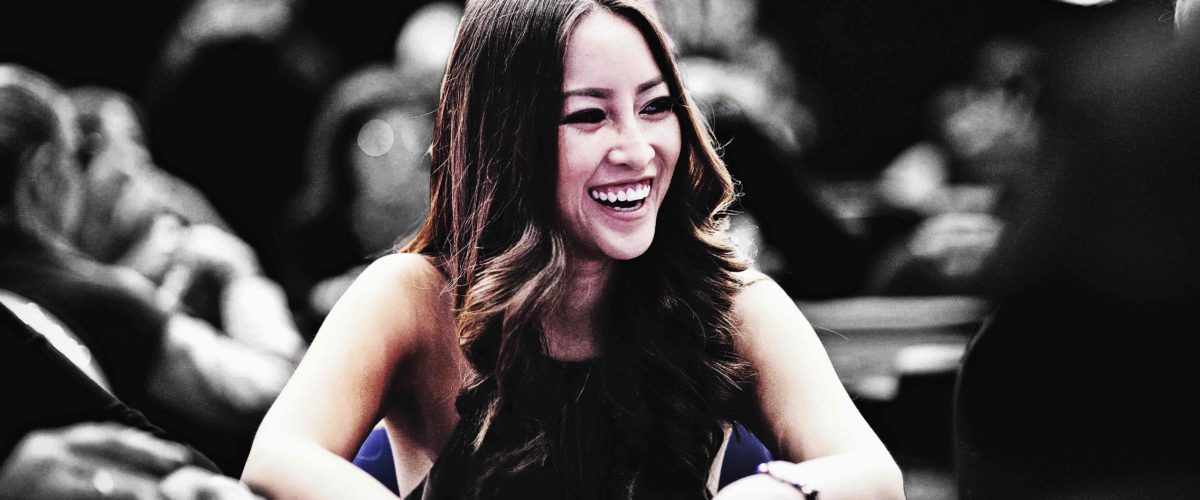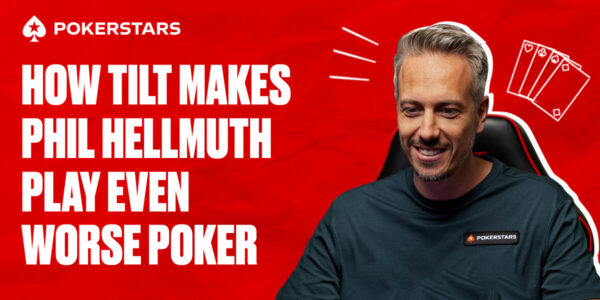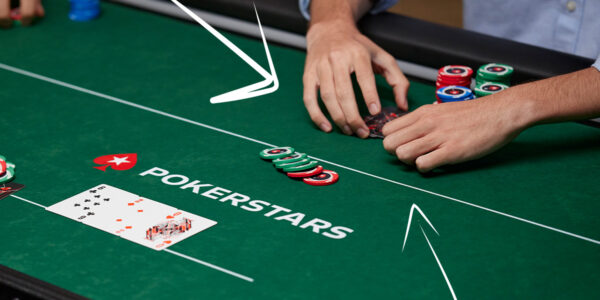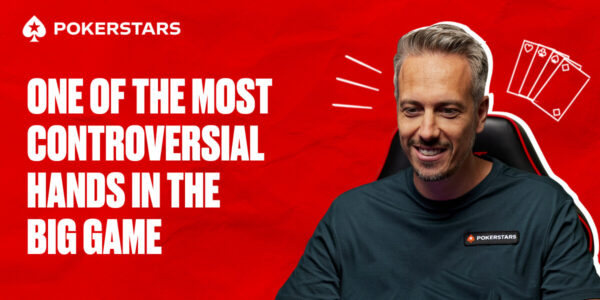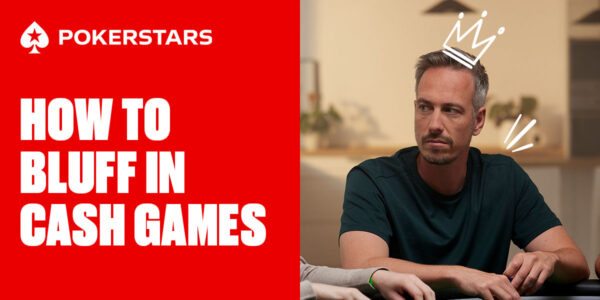Defending Your Big Blind
One of the most damaging leaks that an inexperienced player can suffer from is being too tight from the Big Blind.
The Purpose of Defending
Calling out of the Big Blind is not supposed to be comfortable, or exciting. It is a slog. A battle in which your primary aim with most hands is to lose money, but to lose less money than you would by folding pre-flop.
It is the failure to recognize this fact which causes some inexperienced players to fold far too often from the Big Blind. Calling raises with speculative hands out of position feels like it’s losing; and it is, but that might be okay!


Pot Odds and Pot Entitlement
The main determining factor for whether you can lose less money by calling or folding is the price you are getting and whether you are entitled to enough of the pot in the long-term to justify the call. We will call the price set by Villain’s raise and the dead money in the pot our pot odds.
Our pot odds set the target share of the pot we need to win back in order to break even on calling the Villain’s raise. We shall call this amount our target pot entitlement. Our decision to call hinges exactly on whether we reach this target pot entitlement or not and this depends on factors like hand strength, hand playability, skill edge, and position. If we think we exceed the target pot entitlement with our hand, we should call. If we fall short of it, we should fold.
It is impossible to calculate your exact average pot entitlement in the same way that it is impossible to calculate exactly how many grains of rice are in a bag of rice just by looking at it. There are many unknown variables which make putting an exact number to our pot entitlement a fruitless task. Our job is not to work out how much of the pot we will get back, but to estimate whether it will be higher or lower than our target percentage.
Example 1: vs. Late Position Open
Let’s say the BTN open-raises for 2.5BB and we are in the big bling with J♦ 8♦ . The small blind folds and it’s over to us. Our required pot entitlement is the percentage of the pot after we’ve called that we would need to win to get our call back. Our call in this case is 1.5BB. The pot after we call will be 2.5 + 2.5 + 0.5 = 5.5. To get our call back then and break even on the investment we will need to get back 1.5 / 5.5 of the pot. Our required pot entitlement is 27%. If are entitled to 27% of the pot, then calling the pre-flop raise and folding pre-flop are equal in expected value (EV).
Now, how do we go about estimating whether J8s gives us this much entitlement? Well, firstly the hand has around 42% equity against a typical BTN range. Be careful though, equity is far from the full story when we’re out of position so we will not be entitled to 42% of the pot. However, we do have a hand capable of flopping some very big hands from time to time and winning large pots. We can also flop decent pairs that help us continue further into the hand to realise more of our equity. We should comfortably be entitled to 27% of this pot. Probably, we are getting back thirty-something percent of the pot here by calling and so calling is better than folding.
With these rough estimations, you can determine whether a hand is defendable for a certain price. Remember, the pot odds determine how much pot entitlement you need and your hand’s equity, post-flop performance, and your position will determine whether you meet that target.
Example 2: vs. Early Position Open
How strong an opening range we’re against has a dramatic impact on whether we can defend. What if we face this same open size from UTG and, this time, we have A♣ 6♠ ? Can we call because we only need to be entitled to 27% of the pot?
No. This hand performs terribly against a tight UTG opening range. Technically speaking, we would have enough equity to call, if equity was all that mattered. Our hand comes in at 41% equity against a 19% opening range. The problem is that lots of this equity comes in the form of just having ace-high and that being the best hand. Unlike the J8s, the A6o struggles immensely to realise this equity or to flop anything capable of winning a big pot. If you face a bet on a flop of JT4, for example, you can hardly call just because you are a slight favourite vs. KQ. A6o, then, ends up surrendering a lot of its equity because it flops such poor hands. The J8s on the other hand was rarely folding when it was the best hand and could win huge pots from time to time.
Conversely, A6o also suffers from what we call reverse implied odds. When we flop top pair, we can very often lose a big pot.
On average we will get back a very low percentage of this pot despite having 41% equity. We should fold pre-flop here.
In Position (vs. Small Blind)
Big Blind against Small Blind is the spot on the table where we should be calling the widest. Being in position will enhance a few things for us post-flop.
- We will have better realisation of equity because it is more profitable to call bets when we have position.
- We will have better implied odds because we can always ensure that a bet goes in when we want it to, whereas out of position, we would be checking to the aggressor and allowing him the option of checking behind, stagnating the pot growth.
We can expect most opponents to raise larger pre-flop for these reasons. Otherwise, it is just too easy to for the BB to defend very wide due to the much greater pot entitlement gained from getting to act last post-flop. Most people raise to 3x here and when they do, we can profitably flat with hands as weak as 98o and 74s.
If Villain sizes 2.5BB, we should be hitting a very loose defence frequency and never folding a suited hand. This shocks some beginners but that is because they are focussed too heavily on their cards and not enough on the situation. It’s like learning to drive. At first your whole attention is consumed by what you’re doing inside the car and you pose a danger to other road users due to your blindness to what’s happening on the road.
In Poker, inexperienced players pose a danger to themselves by missing the situational clues that can make calling even bad hands a good idea. Their vision is blinkered because their brain is trying to limit the amount of incoming variables in an attempt to stay afloat. If someone raises to 2BB in the small blind, I will defend my big blind with any two cards. The situation is just too lucrative to say no, even with 64o.
Related articles:


